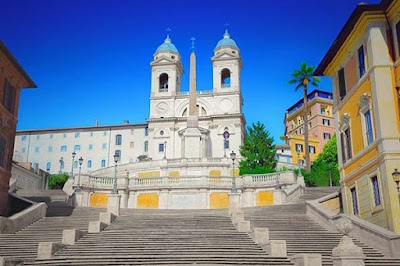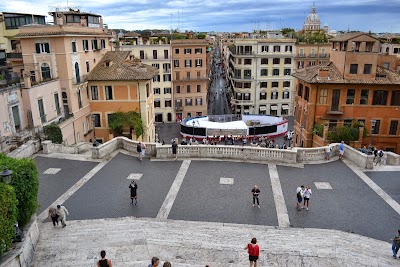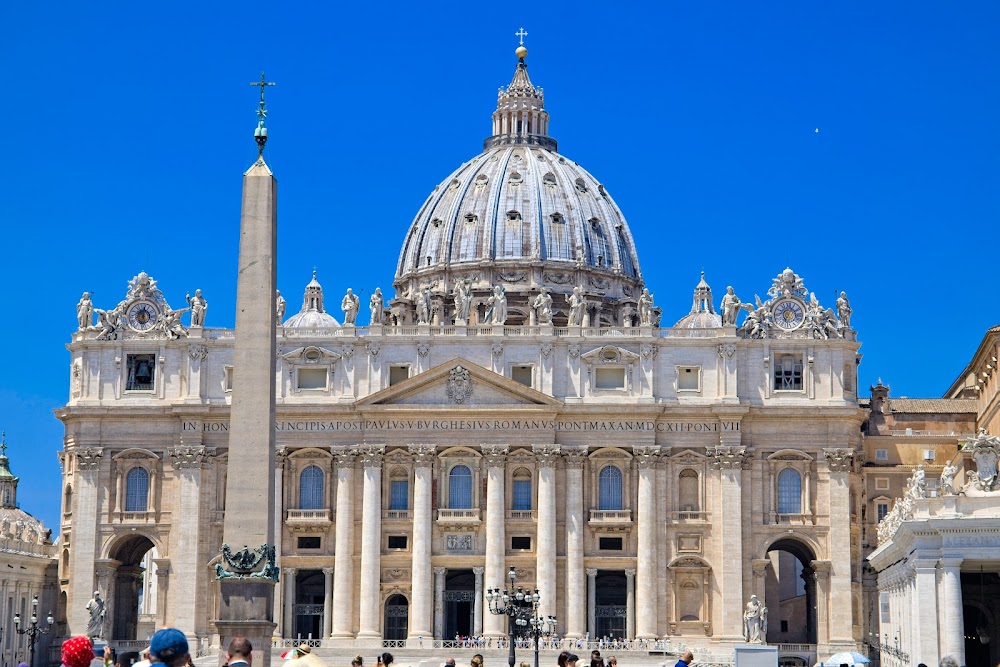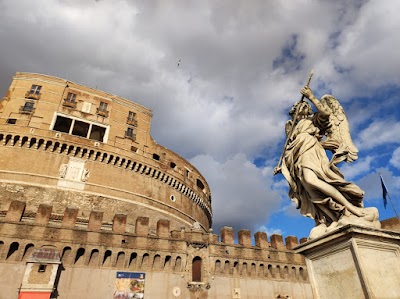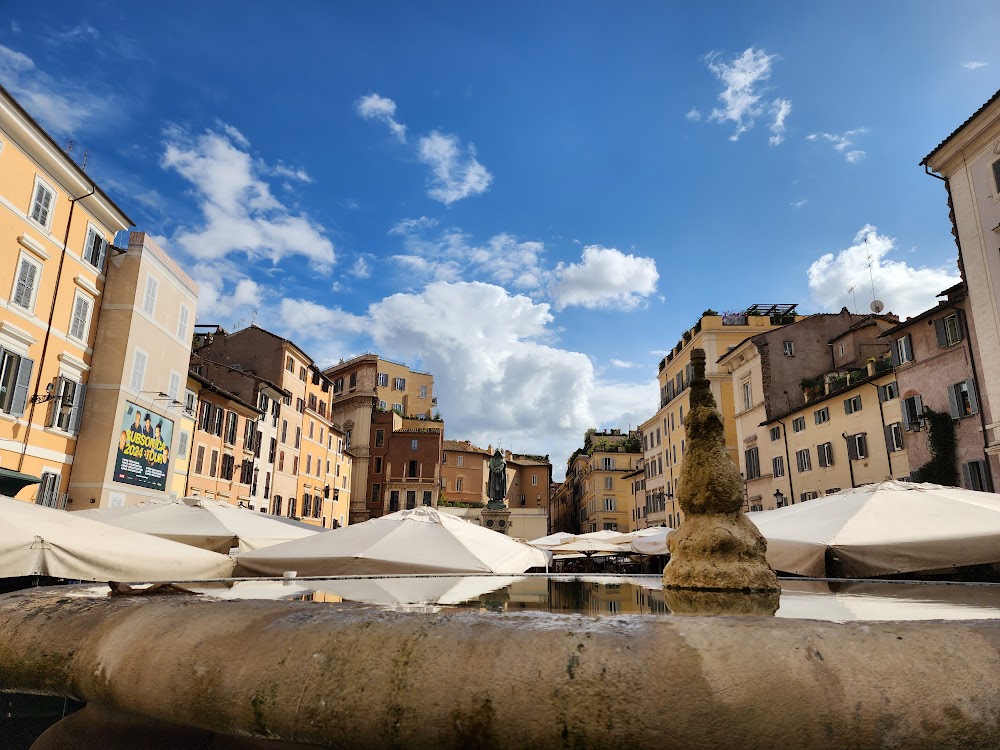Spanish Steps (Scalinata di Trinità dei Monti)
Overview
The Spanish Steps: A Roman Icon
The Spanish Steps, known as "Scalinata di Trinità dei Monti" in Italian, are among Rome’s most iconic landmarks, attracting millions of visitors each year. Nestled in the heart of the city, these stunning steps link the bustling Piazza di Spagna at their base with the elegant Trinità dei Monti church at their summit. Comprising 135 steps and rising approximately 29 meters (95 feet), the staircase is a magnificent example of Roman Baroque architecture, designed by the talented architect Francesco de Sanctis and completed in 1725.
A Cultural Hub
The name "Spanish Steps" pays homage to the nearby Spanish Embassy located in Piazza di Spagna, rather than any architectural influence. Historically, this vibrant area has served as a gathering point for artists, poets, and travelers, fostering a rich cultural atmosphere. The Steps have inspired countless works of art, literature, and film, solidifying their status as a beloved symbol of Rome's enduring allure.
Fontana della Barcaccia
At the base of the Spanish Steps, visitors can enjoy the charming Fontana della Barcaccia, or "Fountain of the Ugly Boat." This delightful Baroque fountain, designed by Pietro Bernini and his son Gian Lorenzo Bernini, features a sinking ship and is said to have been inspired by a boat washed ashore during a historical flood of the River Tiber. Its whimsical design adds to the enchanting ambiance of the area.
A Journey Through History
Ascending the Steps offers not only a physical climb but also a captivating journey through Rome’s layers of history and culture. At the top, visitors are rewarded with breathtaking panoramic views of the city. The Trinità dei Monti church, showcasing a stunning blend of French Gothic and Renaissance architecture, is also worth exploring. Its distinctive dual-towered façade and impressive collection of art, including a fresco by Daniele da Volterra, a pupil of Michelangelo, make it a highlight of any visit.
Inspiration for Artists
Throughout the centuries, the Spanish Steps have served as a meeting place and source of inspiration for numerous artists. In the 19th century, they became a hub for English Romantic poets like John Keats and Percy Bysshe Shelley. Keats’ final residence, now the Keats-Shelley House, is a museum dedicated to their lives and works, conveniently located to the right as you face the Steps.
Shopping Extravaganza
For fashion aficionados, the surrounding area is a shopping paradise, offering a rich array of high-end boutiques and designer stores. Via dei Condotti, the street leading away from Piazza di Spagna, is particularly famous for its luxury shopping options, featuring renowned brands like Gucci, Prada, and Valentino. This delightful blend of historical charm and modern luxury creates an atmosphere that enchants tourists and locals alike.
Blooming Tradition
An interesting tradition associated with the Spanish Steps is the annual azalea flower display every spring. During this vibrant season, the Steps are adorned with thousands of these colorful flowers, transforming the site into a breathtaking floral spectacle. This tradition not only enhances the beauty of the Steps but also marks a special occasion for both locals and visitors to revel in the fragrance and splendor of the blossoms.
Preserving History
In recent years, measures have been implemented by the local government to protect the Spanish Steps from the wear and tear caused by heavy foot traffic. Visitors can no longer sit on the Steps, ensuring that this treasured landmark remains well-maintained for future generations to enjoy.
A Must-See Destination
The Spanish Steps do more than connect two parts of the city; they embody the cultural richness and historical depth of Rome itself. Whether you're savoring a gelato from a nearby café, admiring the intricate Baroque details, or simply soaking in the ambiance, a visit to the Spanish Steps is an unforgettable experience that captures the essence of Rome.
In summary, the Spanish Steps offer a deep dive into Rome’s architectural beauty, historical significance, and cultural vibrancy. Whether you’re drawn by their artistic history, stunning views, or luxurious surroundings, the Spanish Steps remain a must-see destination for anyone visiting Rome. So take your time, explore each level, and embrace the enchanting atmosphere that has captivated visitors for centuries.


